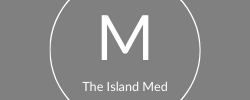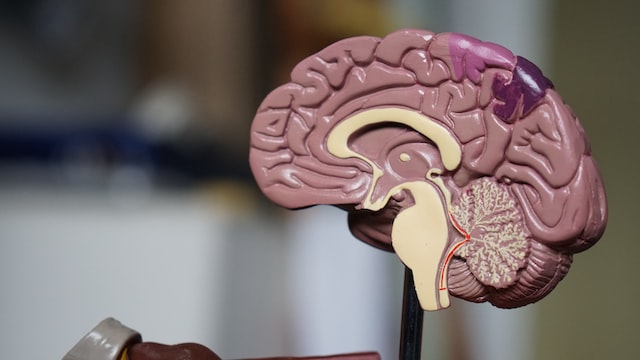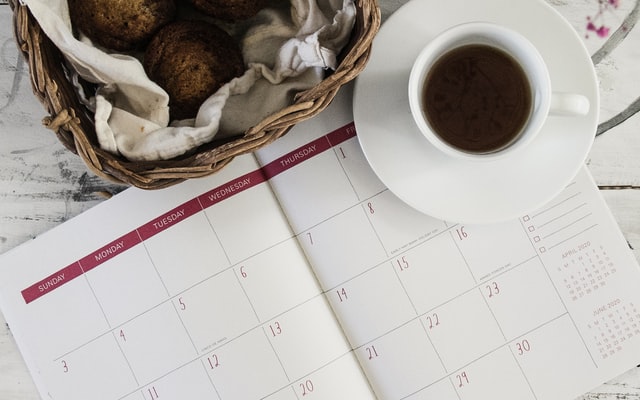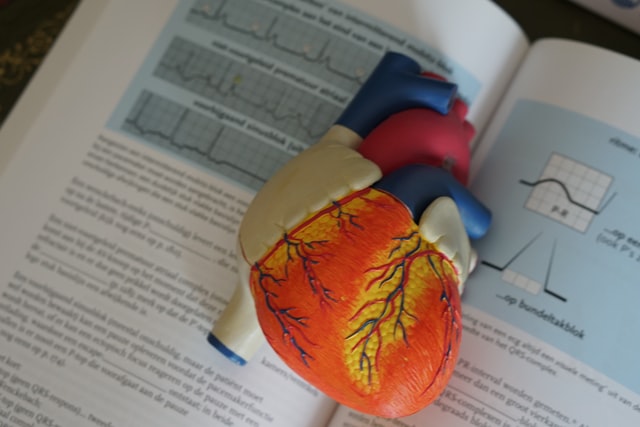How to study for neuro – 3 tips to ace your exam
It’s been a few weeks since my first neuro exam (almost time for the next). It was challenging but it went very well. Here are some tips on how to study for neuro that worked well for me.
1. Find resources to study neuro
The first tip on how to study for neuro is to find resources that you like. Whether you attend class or not, you will most likely need additional resources to help understand the neuro material. As you can imagine, there’s a lot of content.
Before class, I always tried to preview the lecture slides and then find YouTube videos for the same topics. My goal was to have a good understanding of the material by lecture time. I recently shared some of my favourite learning resources but I couldn’t capture everything in that post.
The Noted Anatomist was really helpful for cranial anatomy, especially for the brainstem, meningeal layers and dural venous sinuses. He has clear, concise videos with great diagrams and explanations.
I used Catalyst University and Ninja Nerd to learn the ascending and descending spinal tracts. Actually, I used their videos to learn most of the tracts on my own during summer break. And then I used their videos again during the term to revisit some details. Their videos were also really helpful to learn the “additional” or “other” descending motor tracts aside from the corticobulbar/corticospinal tracts.
Catalyst University was also great for understanding the muscle spindle and Golgi tendon organ reflexes, which are important for proprioception.
2. Whiteboard the neural pathways
My next tip on how to study for neuro is to whiteboard the neural pathways. Just like with biochem, it’s important to practice the neuro pathways. It can be a rough sketch but you need to know where the pathway begins, the course it takes through the spinal cord and brainstem, and where it ends.
How to study the ascending neural pathways
If we just focus on the ascending tracts, here are some high yield concepts to understand:
- What sensations are detected/relayed to the brain?
- How many neurons are involved?
- Where does the first order neuron enter the spinal cord?
- Where does it synapse with the second order neuron?
- Does decussation (crossing over) take place? If so, is it in the spinal cord or the brainstem?
- Where does the second neuron synapse with the third order neuron? In which nucleus of the thalamus?
- What is the final stop in the pathway?
- What region of the cortex corresponds to different areas of the body? (Have a general understanding of the sensory homunculus)
- In which area of the spinal cord does the tract travel up to the brain?
How to study the descending neural pathways
When studying the descending neural pathways, it’s important to understand:
- What information is being relayed to the body?
- How many neurons are involved?
- In which area does the pathway begin? In the cortex or from a nucleus in the brainstem?
- Does decussation (crossing over) take place? If so, where?
- What path is taken by the first order neuron as it travels from the brain to the spinal cord?
- Where does the first order neuron synapse with the second order neuron?
- Where does the second order neuron synpase? What is the final stop in the pathway?
- Which area of the spinal cord is occupied by this tract?
Approaching the neuro pathways this way will help ensure you have a strong understanding of the fundamentals. You have to start with knowing what the normal course and functions are. After that, you can start to learn what functions will be impacted due to various diseases and lesions.
3. Use Anki decks for neuroanatomy
My final tip on how to study for neuro is to use Anki decks for neuroanatomy. For the first neuro block (there are a total of 3 this term), there was a lot of brain anatomy and blood supply to learn. I found Anki cards to be the most helpful and effective way to study this anatomy.
The Neuroanatomy Netter Flash Cards Anki deck is really helpful. However, this deck isn’t subdivided by topic/category, which is the only thing I don’t like about it. So I suspended all the cards in the deck and then un-suspend the ones I need. The annoying part is having to scroll through the 2000+ cards in this deck to find the relevant cards.
Within the AnKing deck, Zanki Neurology has a Basic Neuroanatomy section. The AnKing deck is nicely organized so it’s much easier to find the relevant anatomy cards. Zanki Neurology covers blood supply, surface anatomy of the brain and structures of the brainstem. There are a lot of other topics covered in this deck too, but these are the ones relevant to the first neuro block. I’ll mention the other topics from the decks as they become relevant to the other neuro blocks.
Finally, there’s the UMich Cadaver deck which also has cards for the Circle of Willis blood supply. It’s important to see what the structures look like on a cadaver, and not just in a drawing.
So those are some tips on how to study for neuro in med school.
Have you studied neuro yet? What do you like/dislike about it?
-M
Want updates on the latest posts? Email theislandmedonline@gmail.com or complete this form to join the email list today!







